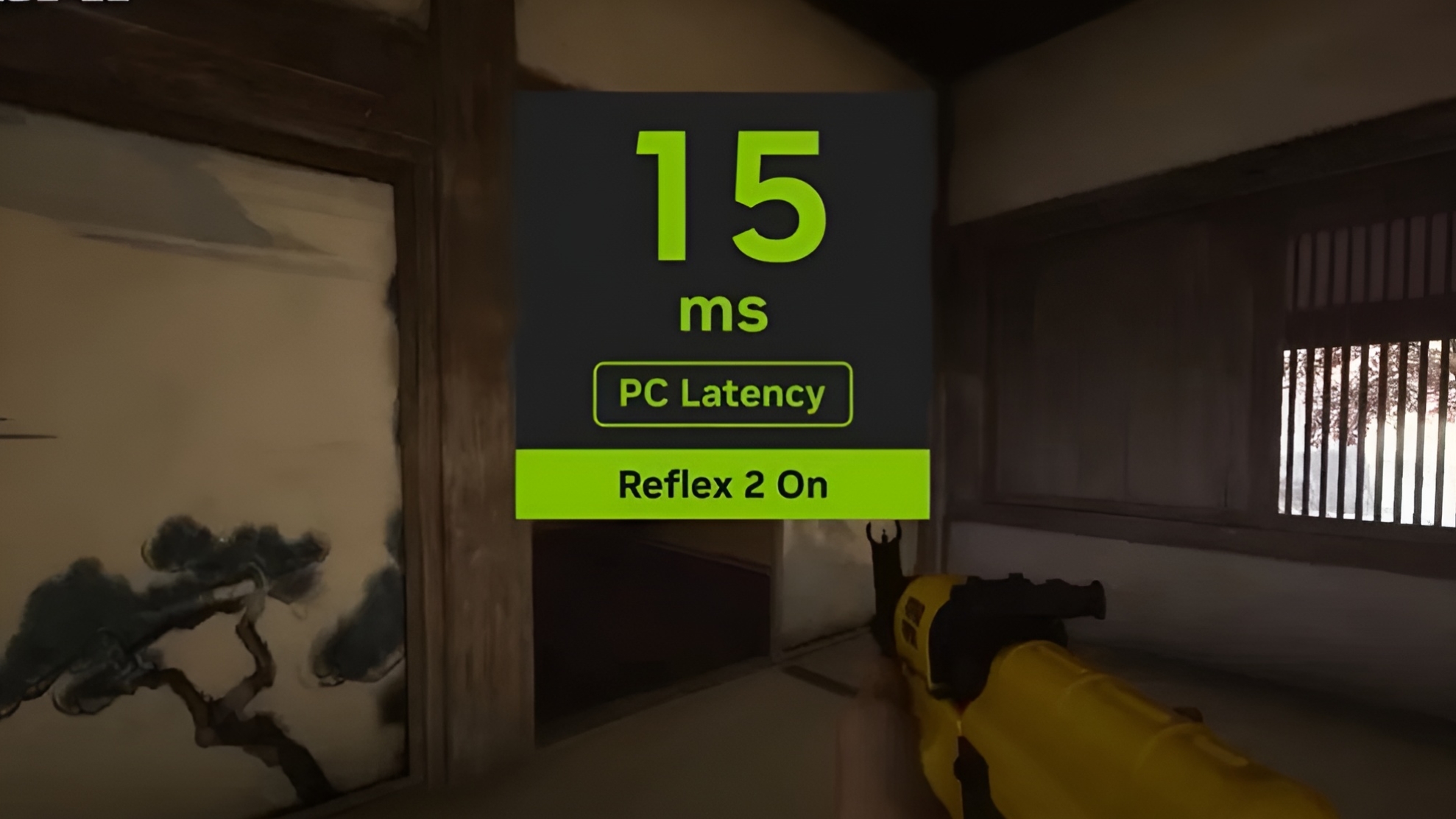NVIDIA announced Reflex 2 technology at CES 2025, and gamers are excited about it. The new version of Reflex promises to reduce latency by up to 75%, giving gamers faster response time and precision. Expected to make a big difference, especially in competitive games, Reflex 2 combines the existing Low Latency Mode with a new feature called Frame Warp. So how does the feature work? Details in our news…
How does the NVIDIA Reflex 2 system work?
In a nutshell, Reflex 2 uses the CPU to predict the next frame with data from player inputs (such as mouse movements) and integrates this prediction into the current frame generated by the GPU. This technology allows players to better aim and track enemy movements by projecting the most recent player input on the screen in the final moments.
A new latency-optimized predictive rendering algorithm works to correct visual inconsistencies that may occur with data from previous frames. This way, there is no visual gap between the previous frame and the predicted new frame.
Reflex 2’s performance was tested on Embark Studio’s new game The Finals. Running at 4K resolution and maximum settings with an RTX 5070 GPU, the game showed lag:
- Without Reflex: 56 ms
- With Reflex: 27 ms
- With Reflex 2: 14 ms
NVIDIA also noted that Reflex 2 can achieve sub-3 ms latency levels in popular games like Valorant.
What hardware will it be supported on?
Reflex 2 will initially launch with GeForce RTX 50 series GPUs. However, NVIDIA plans to offer support for other RTX series GPUs in the future. So, what do you think about this? Feel free to share your thoughts in the comments section below…



 Shiftdelete.net
Shiftdelete.net









